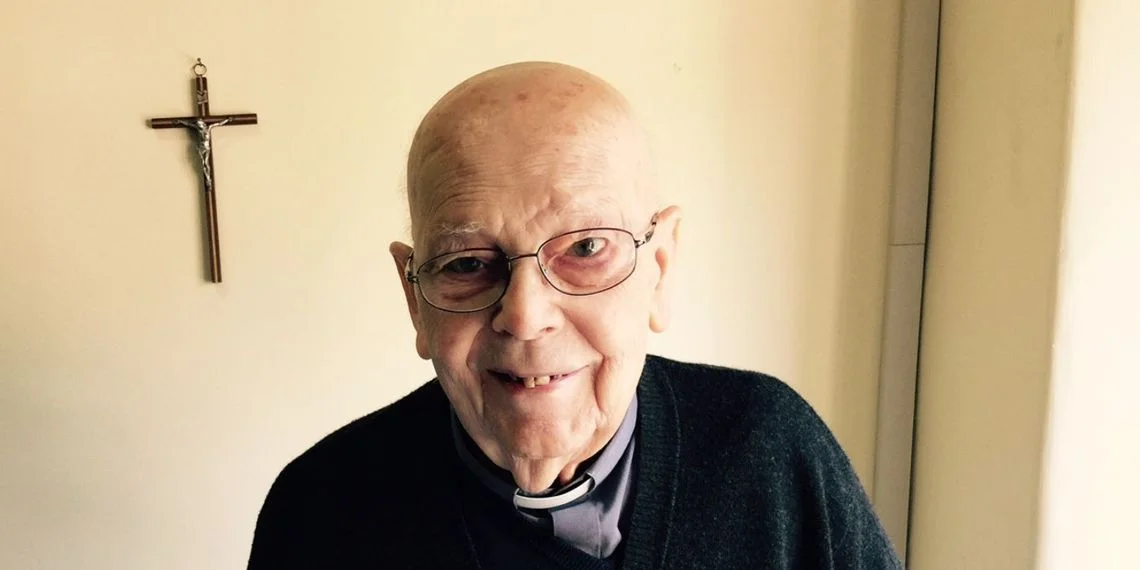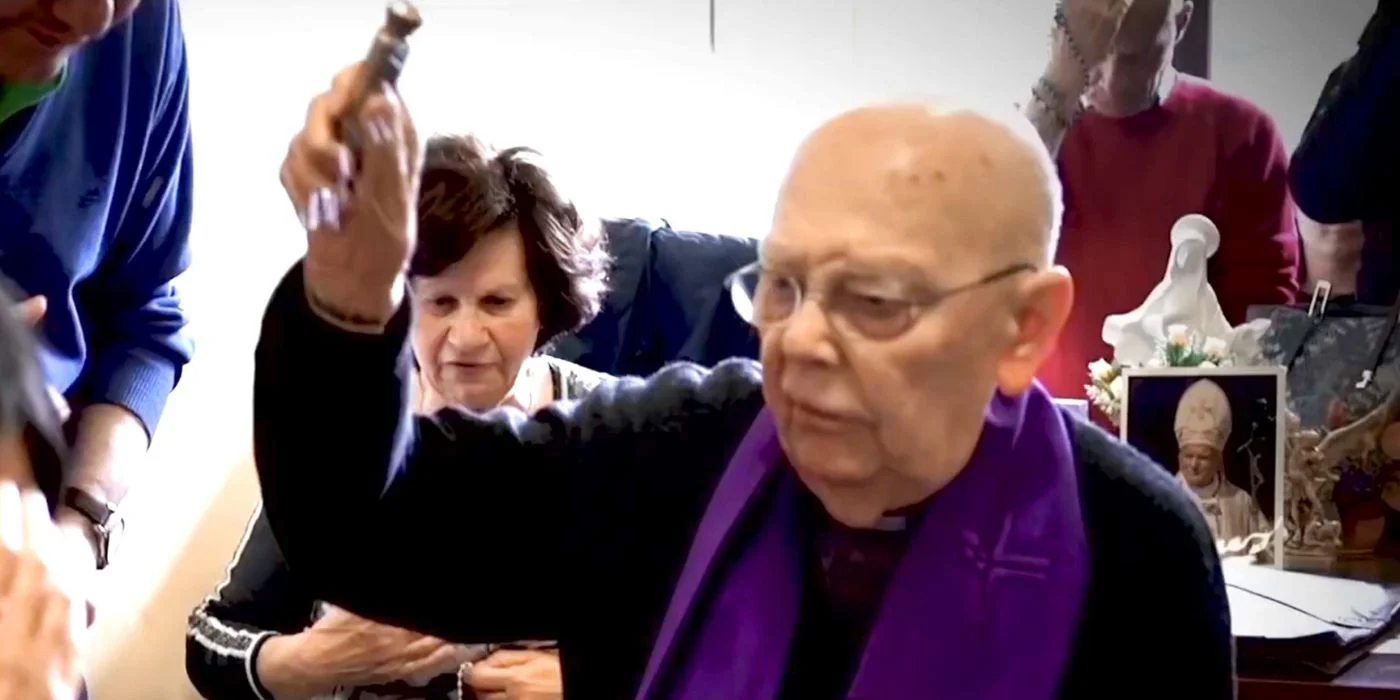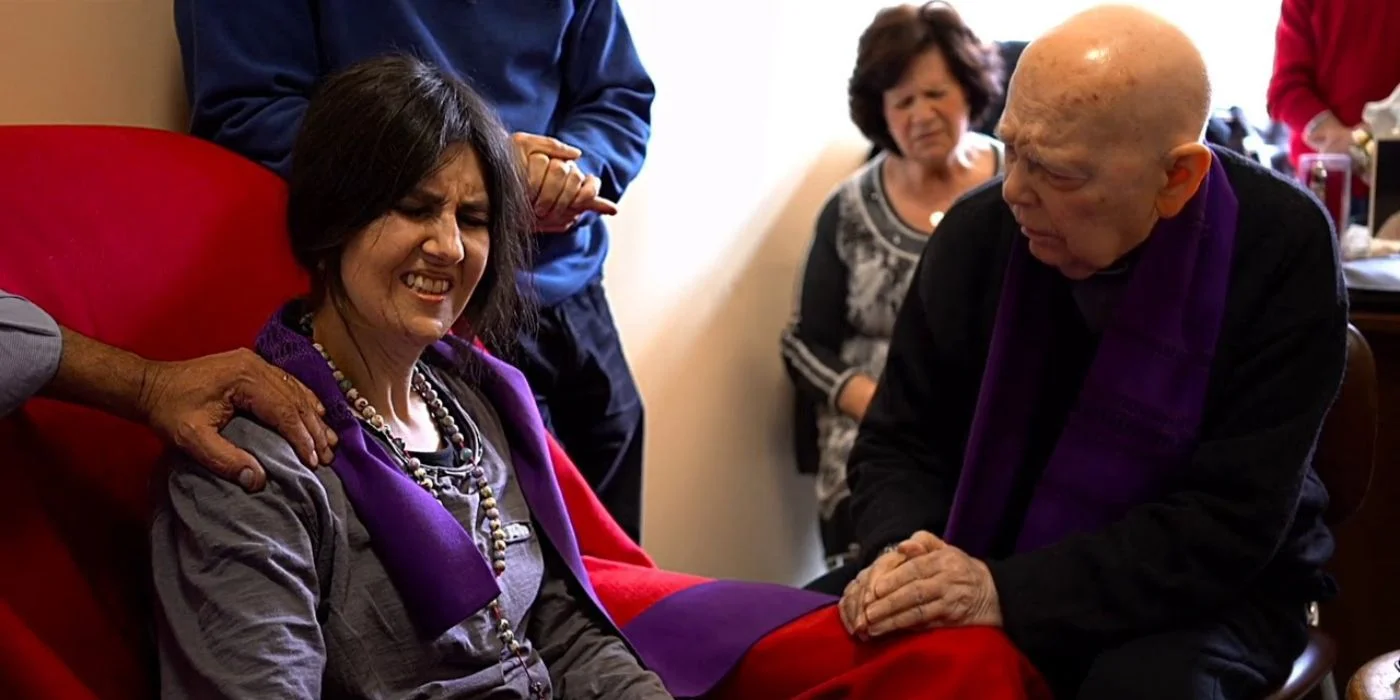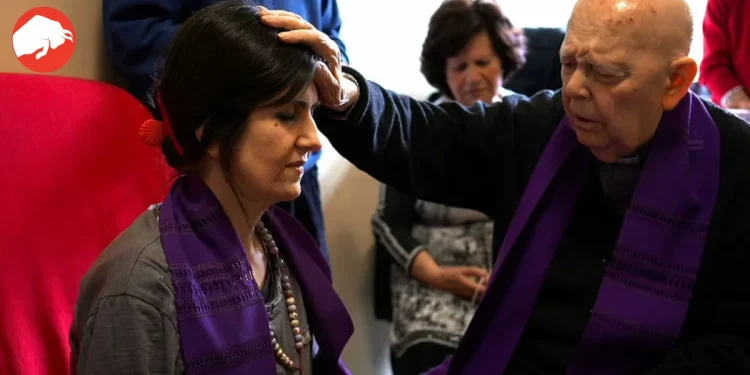How William Friedkin, the Mastermind Behind ‘The Exorcist,’ Fell Short in His Second Dive into Exorcism
After revolutionizing the horror genre with his 1973 magnum opus, The Exorcist, William Friedkin seemed to distance himself from the realm of spiritual warfare. That was until 2017 when he decided to grace us with another exorcism film—except this time it was a documentary titled The Devil and Father Amorth. So, did Friedkin recreate the same magic, or did he miss the mark? Let’s dissect.
The Weight of ‘The Exorcist’ on Friedkin’s Shoulders
William Friedkin’s career didn’t begin with The Exorcist, but it’s the film that follows him like a shadow. From being an already critically acclaimed director for The French Connection, Friedkin hit an even bigger jackpot with The Exorcist. It wasn’t just a box office sensation; it was a cultural moment. The film garnered ten Oscar nominations, even scoring one for Best Picture—unheard of for a horror film. However, unlike the original novel’s author William Peter Blatty, who went on to make The Exorcist III, Friedkin never revisited this haunting narrative—until recently.
“His career far preceded that film though, with a few narrative projects and documentaries to his name as it were. So by the time The Exorcist came along, Friedkin was a well-seasoned filmmaker who had his craft totally figured out.”

A New Approach: ‘The Devil and Father Amorth’
Unlike The Exorcist, this film doesn’t rely on special effects or chilling soundtracks to tell its story. Instead, The Devil and Father Amorth follows 91-year-old Father Gabriele Amorth as he performs his ninth exorcism on an Italian woman, Christina. Friedkin dives deep into the concept of possession, juxtaposing scientific and religious perspectives.
“It’s also a film that looks at the possible scientific explanation behind exorcisms, as well as why people appear and claim to be possessed.”
Filmmaking Choices That Undermine the Documentary’s Credibility
Friedkin’s documentary comes under scrutiny when he starts manipulating raw footage. For instance, during a crucial 15-minute sequence, we observe Father Amorth conducting an exorcism on Christina. Here, Friedkin seems to tamper with the voice effects, shattering the supposed realism.
“When a documentary is promising that it is set in reality, but then goes on to fabricate its most important set pieces, then the movie ends up losing almost all credibility.”
The film’s later segment depicts an alleged encounter with a seemingly “possessed” Christina. Rather than showing the footage, Friedkin overdramatizes it with theatrical background scores and narrations.

“This segment is so over the top that I don’t know how he expects any of us to believe it.”
Missed Opportunity for a Balanced Narrative
The most compelling parts of the film are the interviews with scientists, doctors, and religious scholars who offer a range of explanations for possession and exorcism. These moments show a respectful Friedkin who’s willing to present different perspectives without forcing his own beliefs onto the audience.
“It’s the most interesting stretch of this documentary because it isn’t trying to fool anyone.”

So, What Went Wrong?
While The Devil and Father Amorth had the potential to be an equally groundbreaking film, it suffers from some fundamental flaws, mainly due to questionable decisions in the editing room. Instead of focusing on providing a balanced and credible view, Friedkin seems more interested in sensationalizing his subject matter.
The Final Verdict
William Friedkin‘s The Devil and Father Amorth could have been a fascinating case study, much like his seminal work The Exorcist. However, this documentary falls short, distracted by its own dramatic flair and neglecting the responsibility to its audience. As a result, what could have been a thought-provoking look into the complicated relationship between spirituality and science becomes an unfortunate missed opportunity. And for fans of Friedkin, it’s another chapter in a career that continues to be haunted by the groundbreaking success of The Exorcist.









